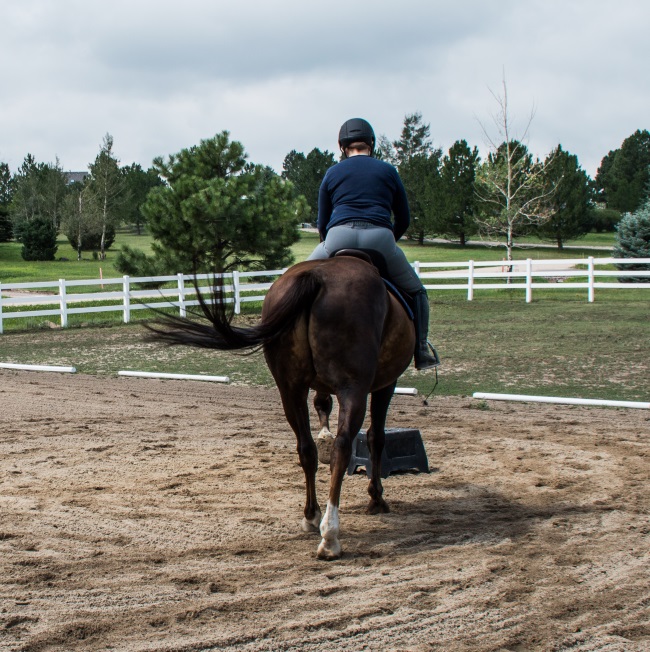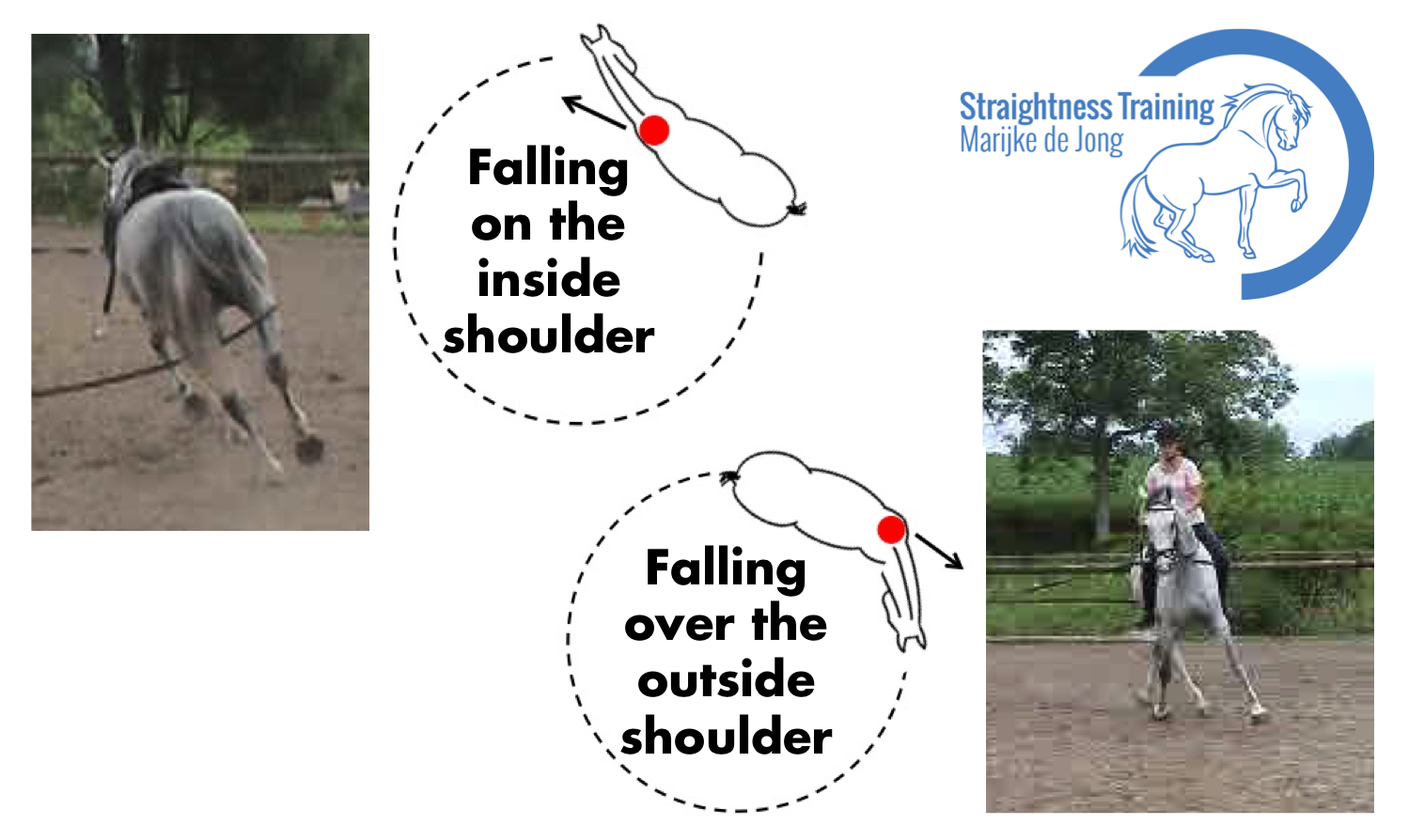Teaching Your Horse to Move Hindquarters: A Detailed Guide

Teaching your horse to move its hindquarters effectively is a fundamental skill that enhances overall performance, balance, and responsiveness. This article will guide you through the process with clear steps, tips, and techniques, making it easier for both beginners and experienced riders to understand and apply.
Why Is Moving the Hindquarters Important?
The hindquarters are the powerhouse of a horse’s movement. Proper engagement of the hindquarters improves:
- Balance and Stability: Helps the horse maintain a steady posture.
- Flexibility: Allows smoother turns and lateral movements.
- Strength and Power: Enhances impulsion and speed.
- Responsiveness: Makes the horse more attentive to rider cues.
Understanding these benefits motivates consistent training and patience.
Step-by-Step Guide to Teaching Your Horse to Move Hindquarters
| Step | Description | Tips |
|---|---|---|
| 1 | Establish a Calm Environment: Ensure the horse is relaxed and focused. | Use gentle voice commands and avoid distractions. |
| 2 | Start with Basic Lateral Movements: Begin with simple side steps or leg yields. | Apply gentle leg pressure and reward small responses. |
| 3 | Introduce the Leg Yield: Encourage the horse to move sideways away from leg pressure. | Keep the horse straight and maintain steady contact. |
| 4 | Practice Shoulder-In and Haunches-In: These advanced exercises improve control over the hindquarters. | Use consistent aids and gradually increase difficulty. |
| 5 | Use Groundwork Exercises: Lunging with side reins or cones can help reinforce the movement. | Ensure safety and use clear signals. |
Common Challenges and How to Overcome Them
- Resistance or Stiffness: Use patience and break down exercises into smaller steps.
- Loss of Balance: Focus on core strengthening and adjust riding posture.
- Confusion with Aids: Simplify cues and ensure consistency.
Frequently Asked Questions (FAQ)
Q1: How long does it take to teach a horse to move its hindquarters?
A: The timeline varies depending on the horse’s age, temperament, and previous training, but consistent daily practice over weeks to months is typical.
Q2: Can groundwork replace riding exercises for hindquarter movement?
A: Groundwork complements riding but does not fully replace the benefits of mounted training.
Q3: What equipment is helpful for teaching hindquarter movement?
A: Tools like side reins, cones, and lunging lines can aid training but should be used correctly to avoid discomfort.
Summary
Teaching your horse to move its hindquarters is a rewarding process that improves communication and performance. By following structured steps, addressing challenges patiently, and using appropriate tools, you can develop a more responsive and balanced horse.
Feel free to use this guide as a foundation for your blog article, incorporating tables, lists, and FAQs to enhance SEO and reader engagement.
